After exploring some of the best places to scuba dive around the world, I was ready to take things to the next (sea) level. Loving the ocean as much as I do, I dove at the chance to do my first-ever diving liveaboard in Indonesia!
I’ve always loved Southeast Asia, and this was a fantastic opportunity to dive and visit so many gorgeous islands throughout Raja Ampat and across the Banda Sea.
I spent 12 magical days onboard the Samambaia Liveaboard that I booked through LiveAboard.com and completed a whopping 28 dives! If you love diving, this is one must-have travel experience.
Ready to dive in? Here’s what to expect on a diving liveaboard trip.
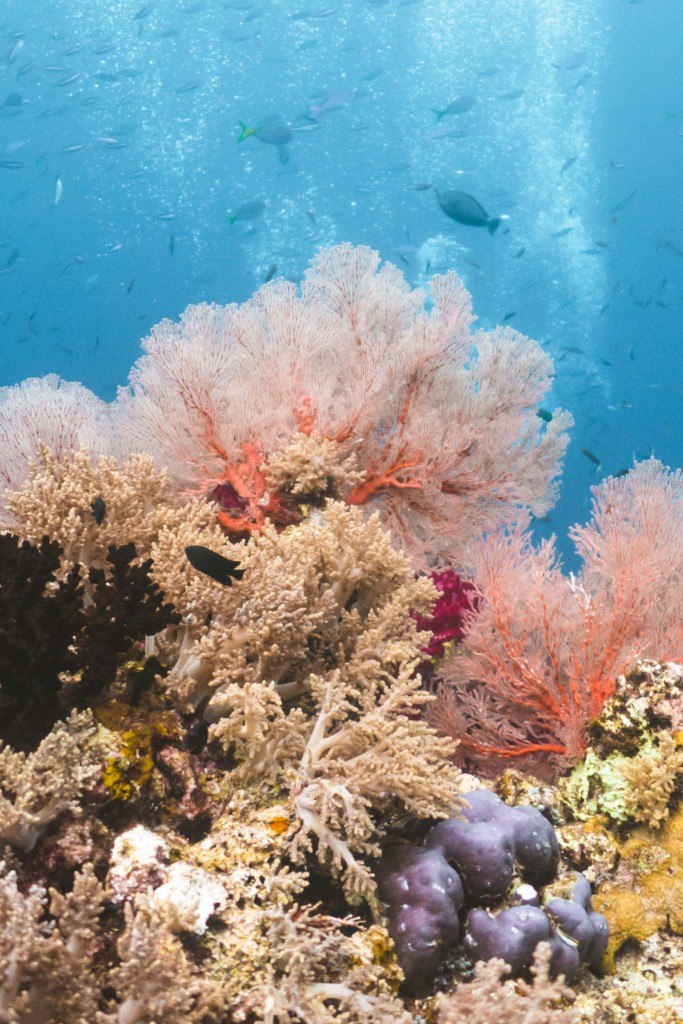
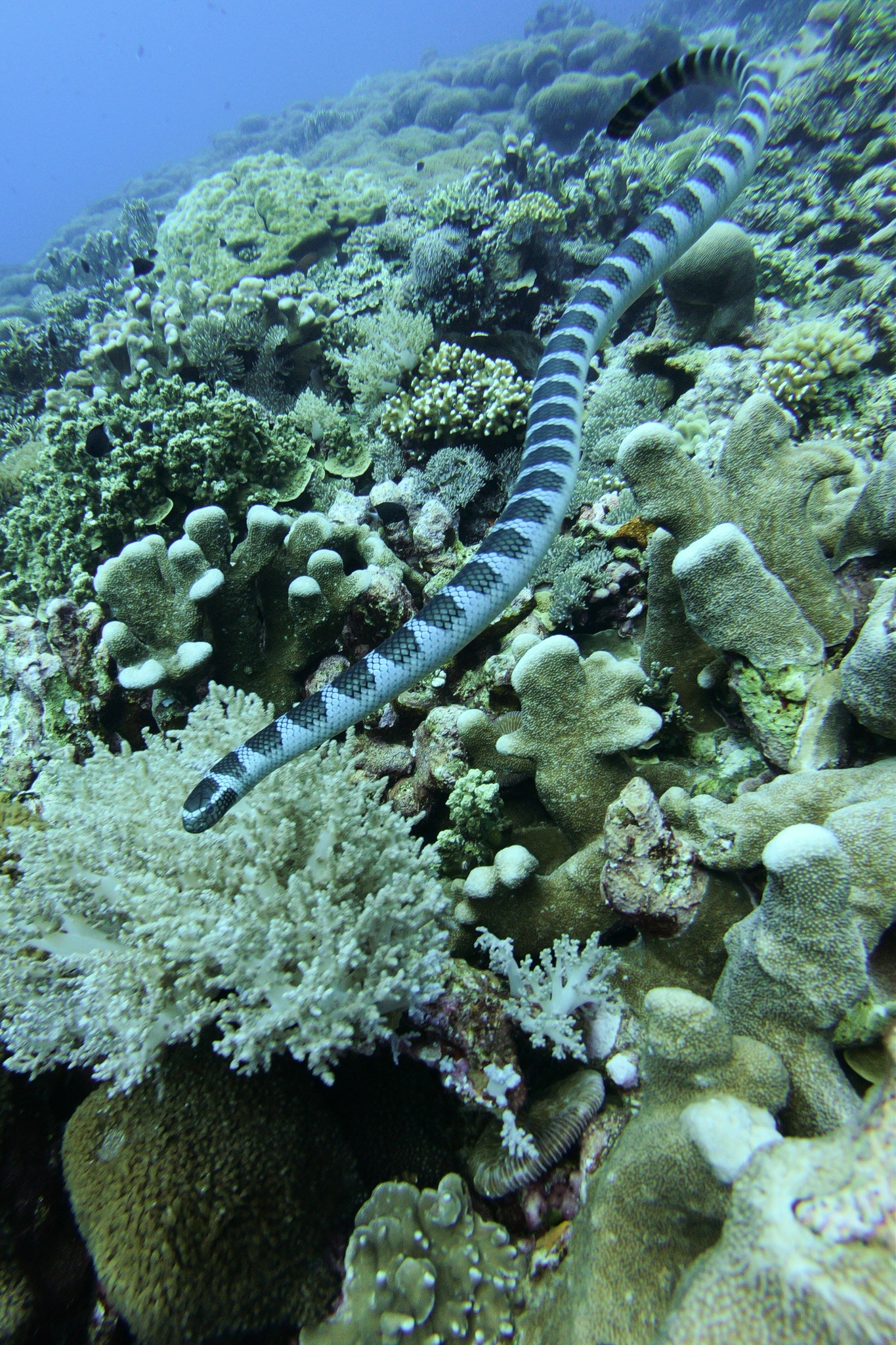
What to Expect on a Liveaboard
Experience Level
My trip on Samambaia required that divers have Open Water certification and recommended a minimum of 30 dives, however the program and the dive sites were accommodating to all levels, so it was really a one-size-fits-all trip.
Whatever your level is, there are liveaboard options out there for you. In my opinion, shorter cruises are perfect for those just getting started.
For a longer trip, you can maximize your experience by having a PADI Advanced Open Water certification, as well as a Nitrox certification.
Dive Schedule
Most diving liveaboards feature two-to-four dives per day, including one nighttime dive. The schedule will largely depend on the travel time between dive sites, and if you have to do long hauls between islands or ports. To cover the travel time to more far-flung locations, sometimes the ship skips a night dive. But every dive site is a different experience so there’s always something new to look forward to.
As we arrived at each dive site and before diving in, our guides provided an update on the conditions (current, water temperature, etc.), informed us of the type of dive it would be, and what to expect under the surface.
In my experience, the downtime between dives was essential.
Not only did it give me a chance to recuperate, but I also got a chance to log my dives in detail. Like an old-school explorer, I spent my time looking up all of the sea critters I encountered while diving and kept a journal about each dive (because after about 10 dives, they start to blend together!).
Sample Schedule
Wondering what to expect on a liveaboard trip? Here’s a typical schedule based on my experience:
7am: Wake up call! 8am: Dive #1 Breakfast Break 11am: Dive #2 Lunch 3pm: Dive #3 4:30pm: Snack Time 6:30pm: Night Dive #4 8:30pm: Dinner
Of course, this is just a sample of what your day could look like. Everything is optional, and dive times move around, so it allows you to make the trip your own.
Most days, four dives were a bit too much for me, but other divers did every single dive. It’s a personal preference!
Food on a Diving Liveaboard
Dining options vary depending on the LiveAboard option you choose (and where you are in the world!), so it’s something to consider when you’re booking. The cuisine and alcoholic drinks onboard vary, as well as the costs.
On my liveaboard, we were able to order breakfast before the first dive and then came back to a hot plate waiting for us. There was a good selection of baked goods, eggs, “Mie Goreng” noodles, “Nasi Goreng” fried rice, toast, pancakes, yogurt, cereal and fruit —and, of course, coffee and tea.
Most liveaboards will be able to work with dietary restrictions, but be sure to ask before booking, especially if you have a severe allergy or strict diet.
Every day we were served up a different two or three course lunch and dinner. Since it was such an active trip, there was always a selection of hearty dishes. My trip included non-alcoholic drinks and beer in the cost of the booking, but I know there are some liveaboards out there that have an all-inclusive alcohol option as well! Find one that suits your needs.
Equipment on a Diving Liveaboard Trip
Most liveaboards will have all of the scuba equipment that you’ll need available for rent. However, the gear adds up quickly, and I found that if you plan to rent diving gear a few times over the same year, it would actually be same cost as purchasing your very own gear.
Of course, it’s not always possible to pack everything, especially if your liveaboard is part of a bigger trip, but I would recommend bringing at least a few of these basics:
- Mask
- Wetsuit and/or Neoprene Hoodie
- Dive Computer
- Underwater Camera (or GoPro)
- Booties or Neoprene Socks
Free Time on a Liveaboard
I saw my trip as a chance to disconnect! We spent most of our time in remote parts of Raja Ampat and were offline nine out of the 12 days.
I loved having an excuse to go off-the-grid, but it’s something you’ll want to consider when you’re booking. Some LiveAboard routes, especially in less remote areas, offer internet, so that’s another option to consider.
Most days, I had a long break after lunch. It was the perfect time to just lie out, read a book and take a siesta under the sun. On some days, I opted to skip the night dive and had all evening to just chill and organize my photos from the day.
To mix things up, my liveaboard also offered the option to skip a dive and take an excursion to some of the islands along the route, and to explore the lagoons and beaches. Be sure to see if your future liveaboard offers excursions as well!
Other Guests on a Diving LiveAboard Trip
The guest list on a liveaboard can be incredibly diverse. I met interesting people from all corners of the world making it quite an eclectic bunch.
On longer liveaboard trips, you’ll find a larger number of die-hard divers, so it’s a good way to connect with others who share your passion. On shorter and mid-length dives, you’ll meet people who love diving, along with those who are there for the sailing experience.
Tipping on a Diving Liveaboard Trip
As you’re Googling each liveaboard company, you’ll most likely see their tipping recommendations. They vary, but I found a ten percent rate of the total cost to be pretty standard.
My specific liveaboard suggested tipping $20-30 a day for the crew onboard, and I added some extra for my dive guide. The boat crew divvies up the tips amongst the workers, and you have the option to give your cruise manager or diving guide an additional personal tip at the end.
Diving Insurance for a Liveaboard Trip
I’d highly recommend getting diving insurance, especially if you are going on a remote diving route. I always travel with World Nomads and their Explorer Plan covers scuba diving to a maximum depth of 50 meters.
Beyond the 50 meters (160 feet), your underwater explorations are considered to be a “deep dive.” For the most comprehensive coverage, including air evacuation (which is a good thing to have if you’re diving in remote locations), the Divers Alert Network (DAN) offers coverage exclusively for divers.
Regardless of your own certification level, all insurance companies will require that your trip is organized by a licensed company with experienced staff and a dive master onboard at all times. Insurance aside, making sure that you are traveling with a reputable company is vital for a good experience!
Insurance offers vary by your country of residence, so I’d highly recommending talking with World Nomads to get a quick quote before you book your liveaboard trip.
Plan you dream liveaboard trip with LiveAboard.com!
Read Next: Diving Raja Ampat with Samambaia Liveaboard
Read More
10 Reasons to Scuba Dive on Your Next Trip
Staying at Hamanasi Adventure & Dive Resort in Belize
Staying at Boutique Beach Diving Hotel in the Maldives
Scuba Diving in Cozumel with Scubatony
Diving the Silfra Fissure in Iceland
Night Diving with Manta Rays in Hawaii
Scuba Diving the Komodo Islands
Diving at the Great Barrier Reef
Diving in the Red Sea
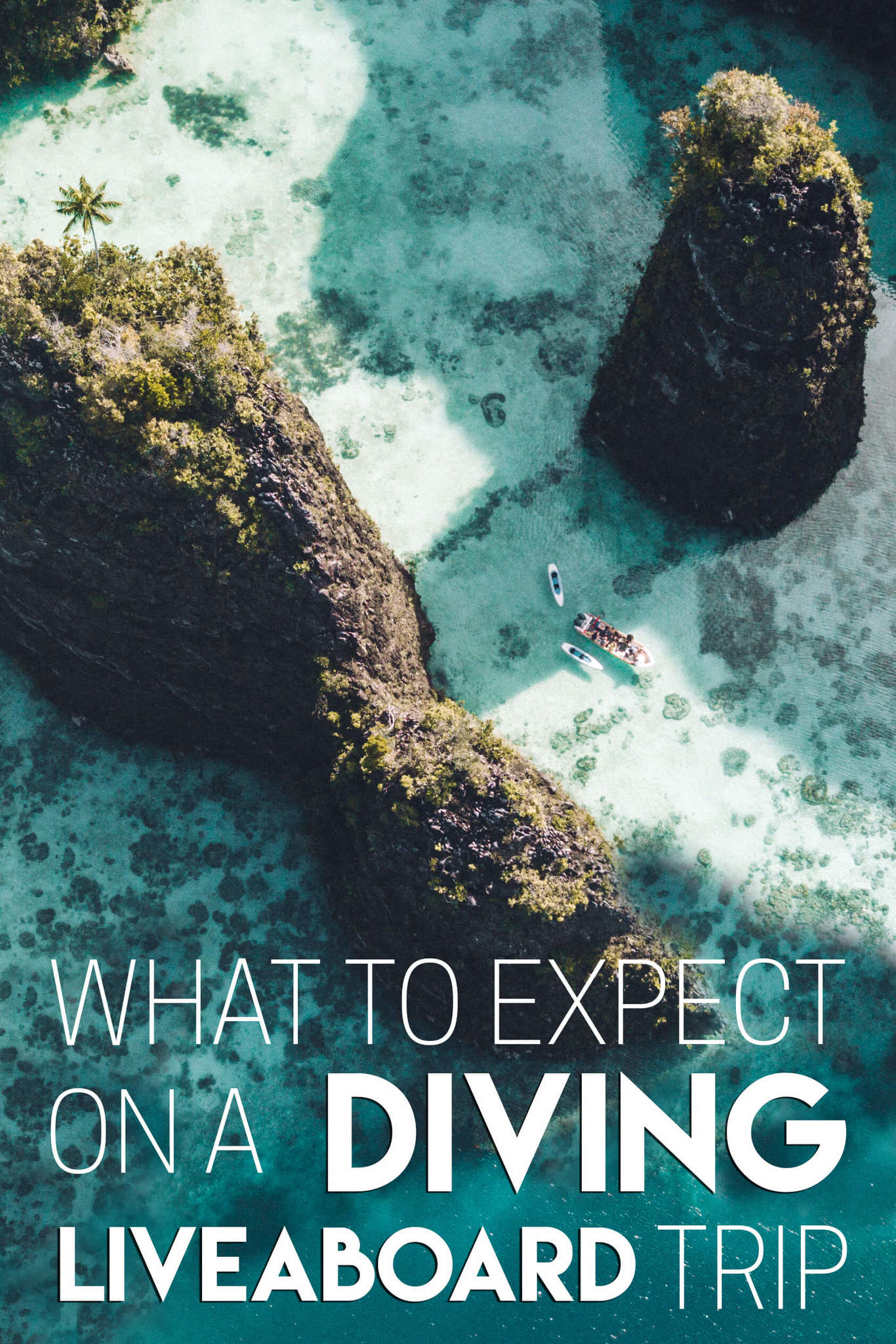
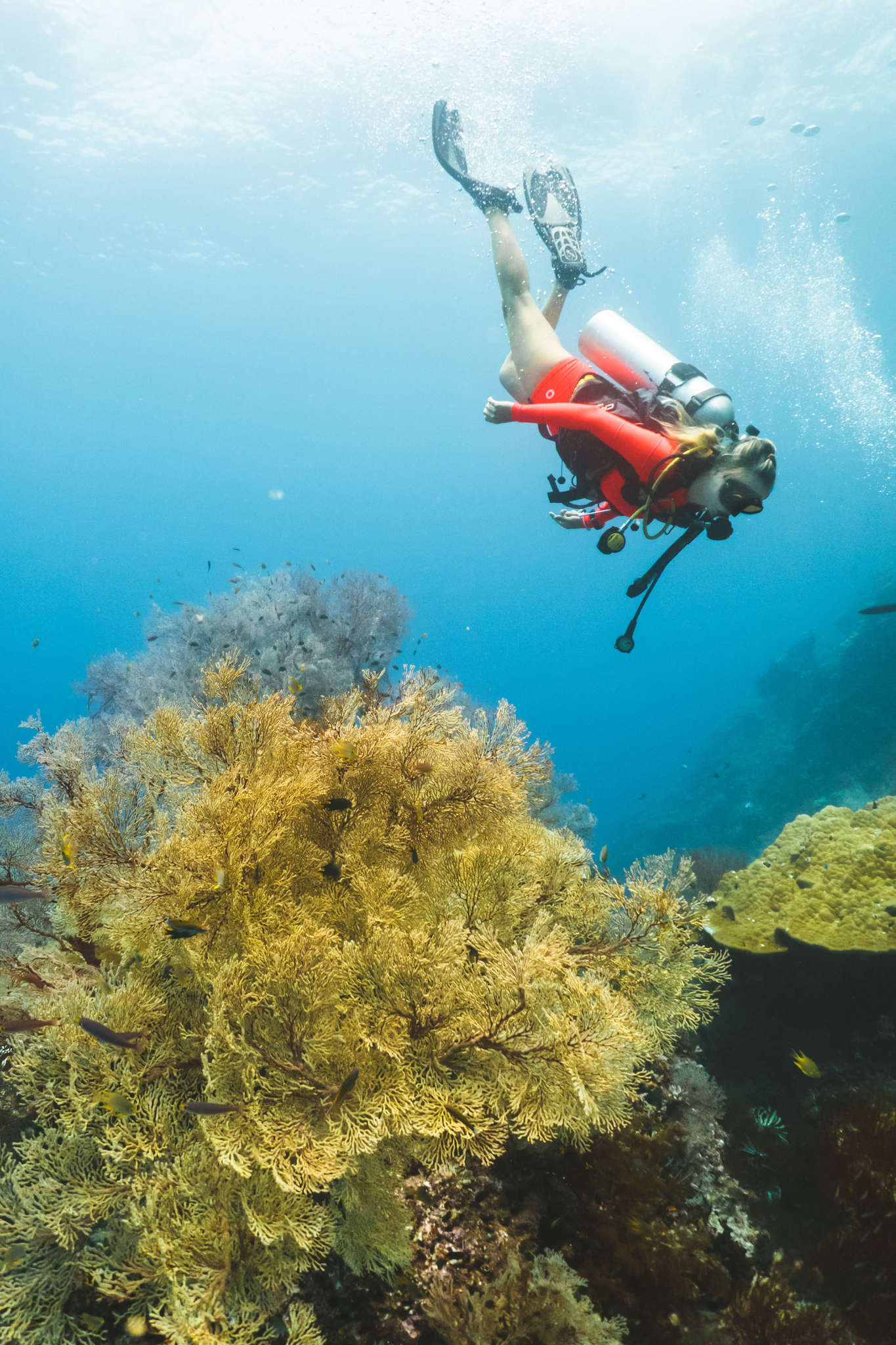

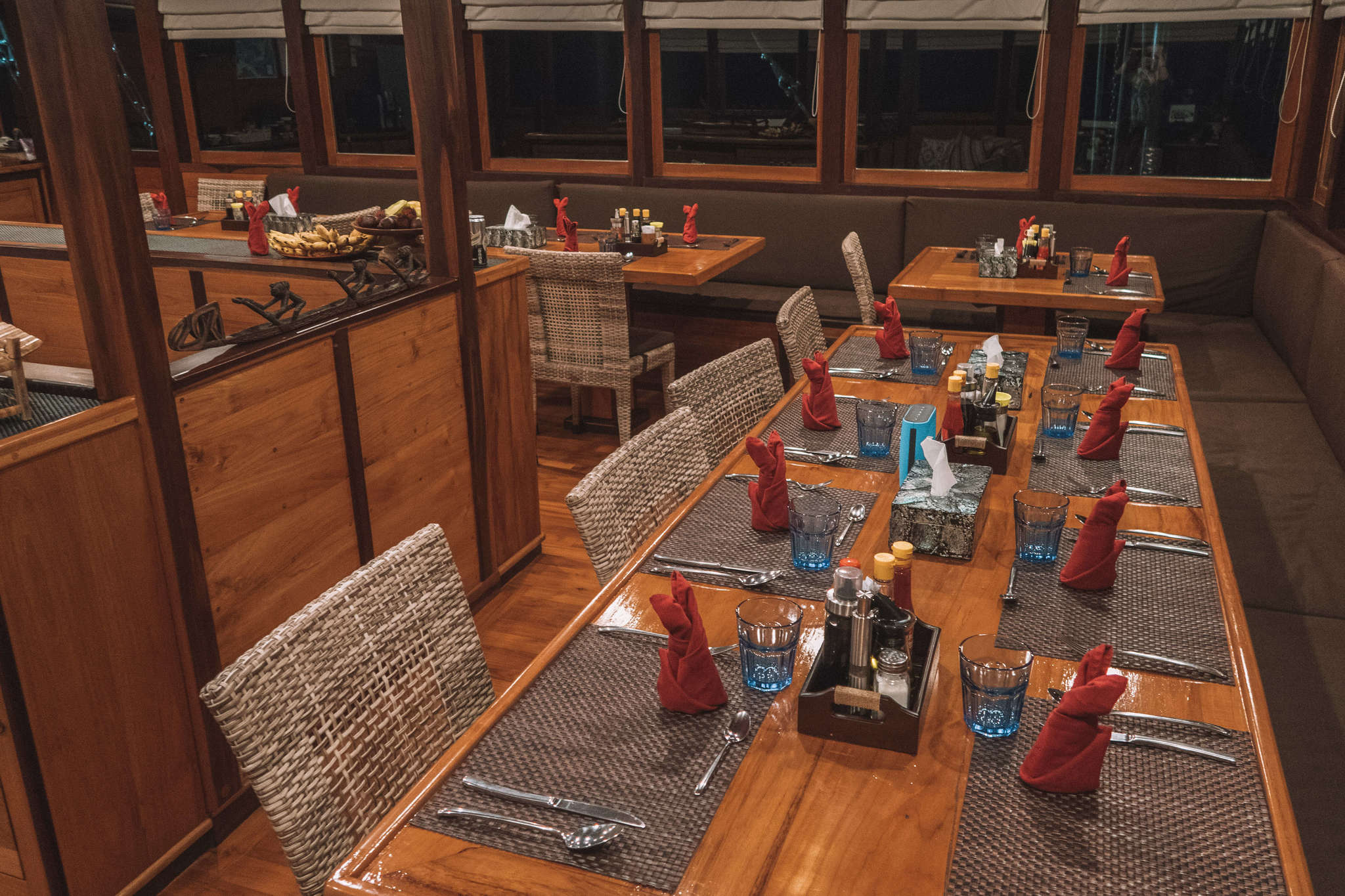
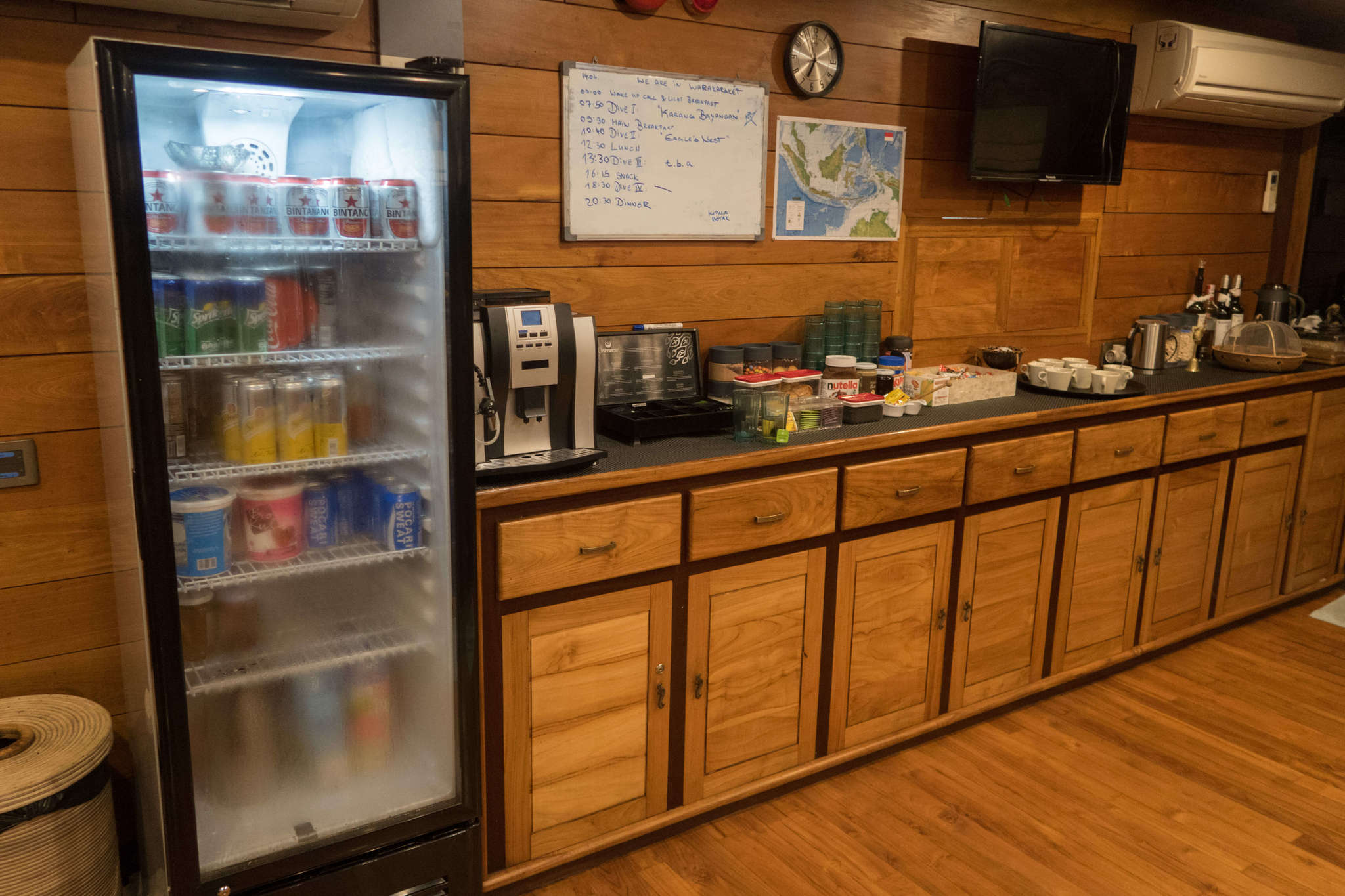
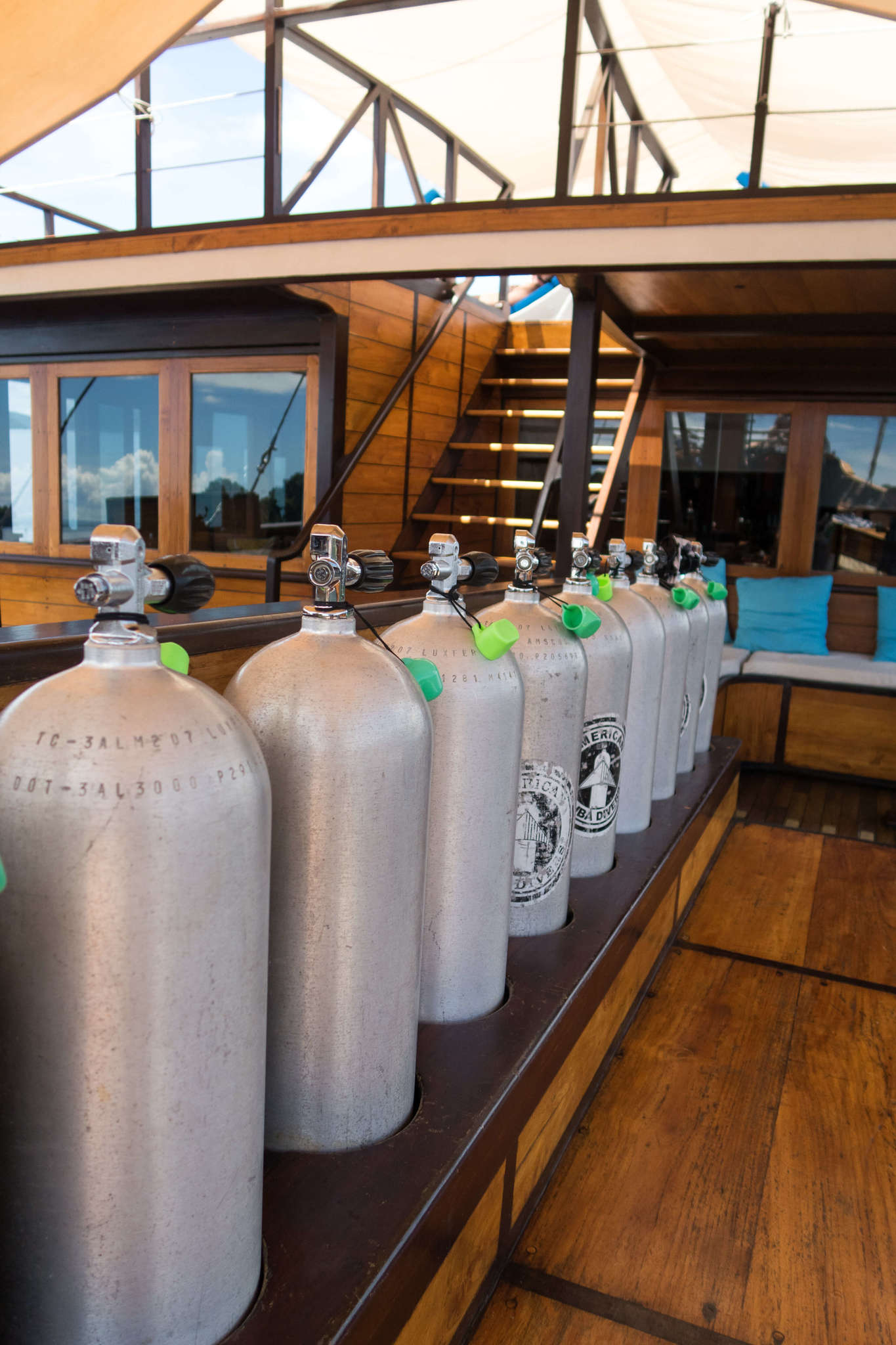

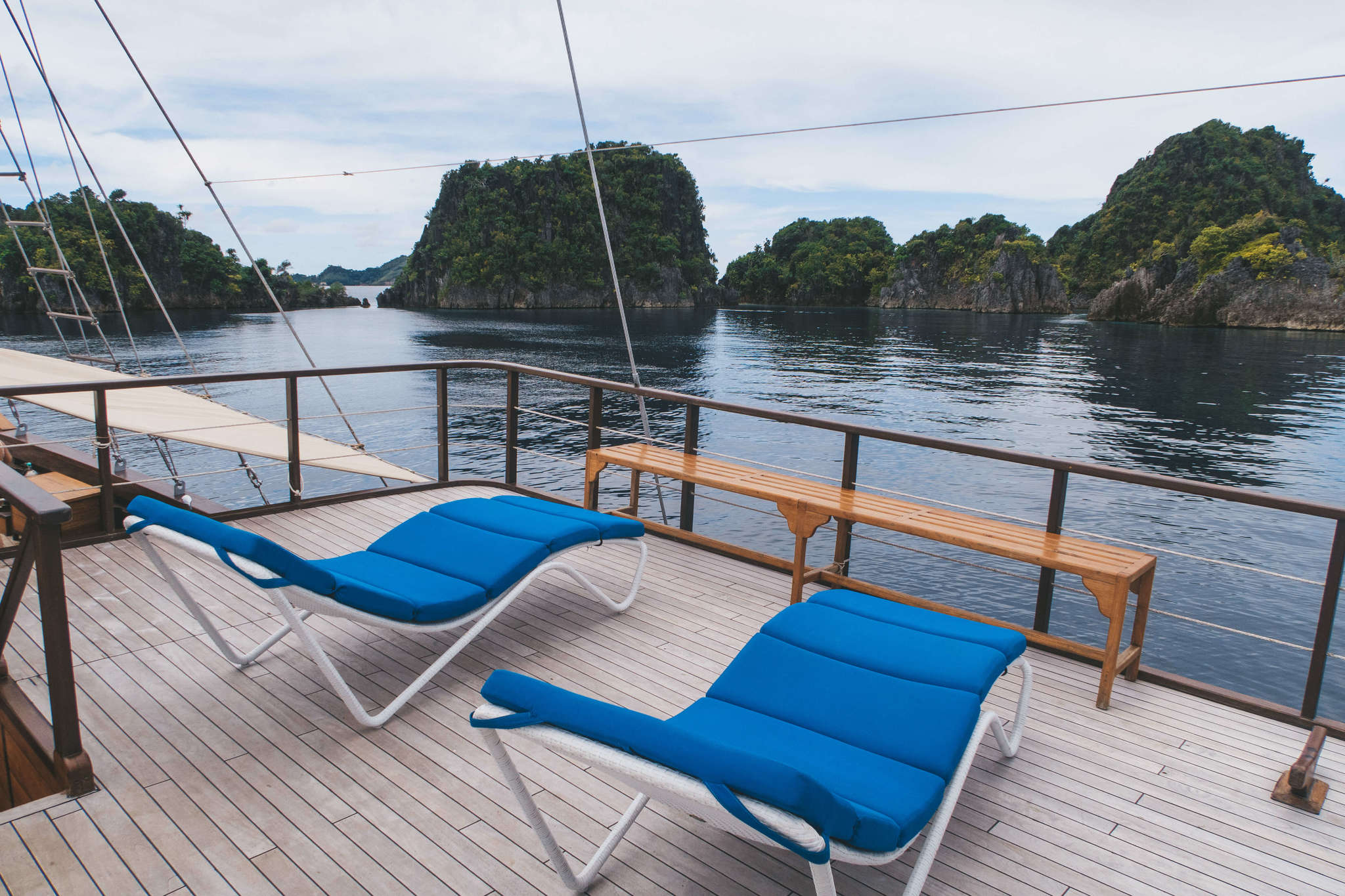
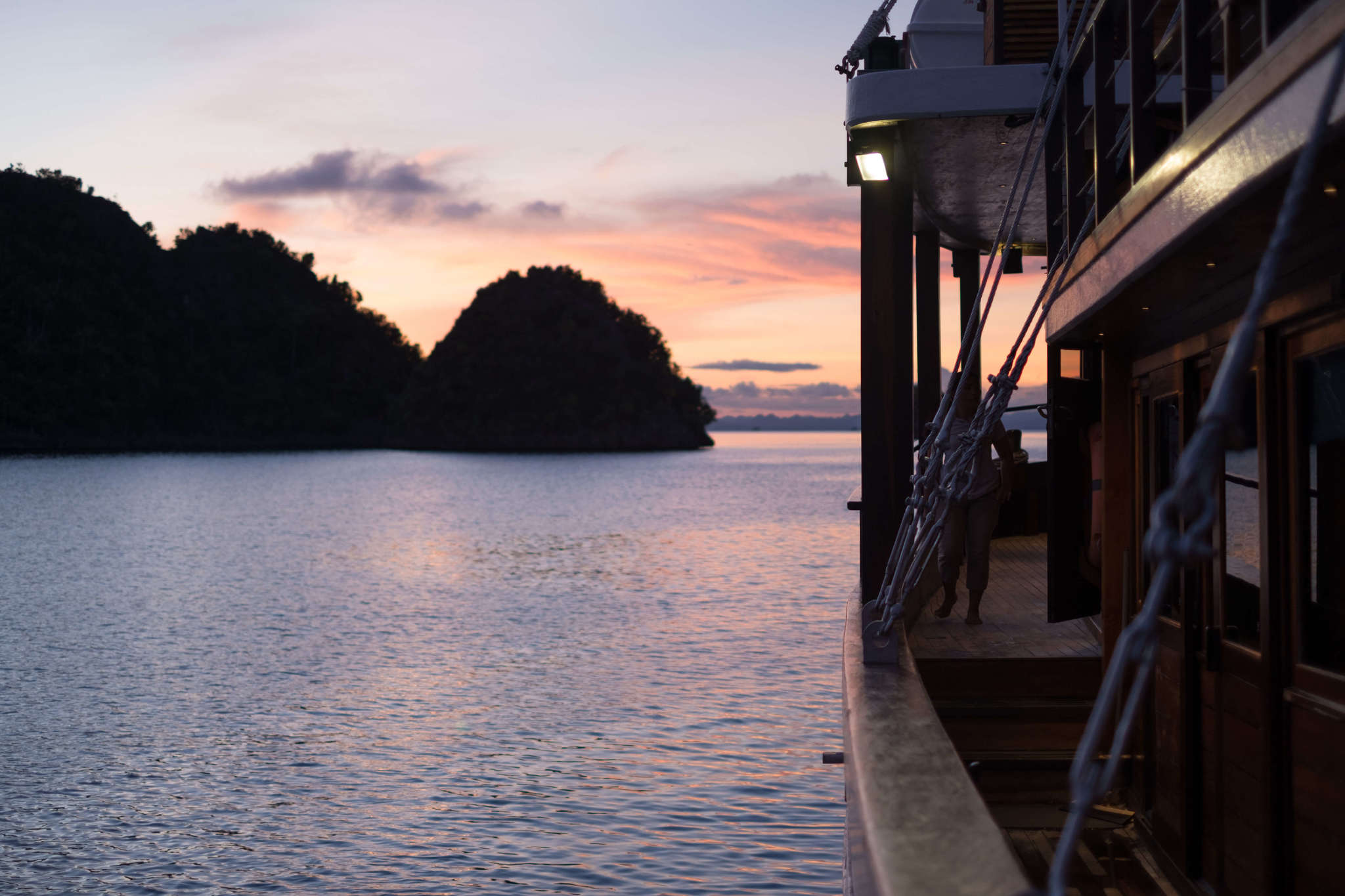
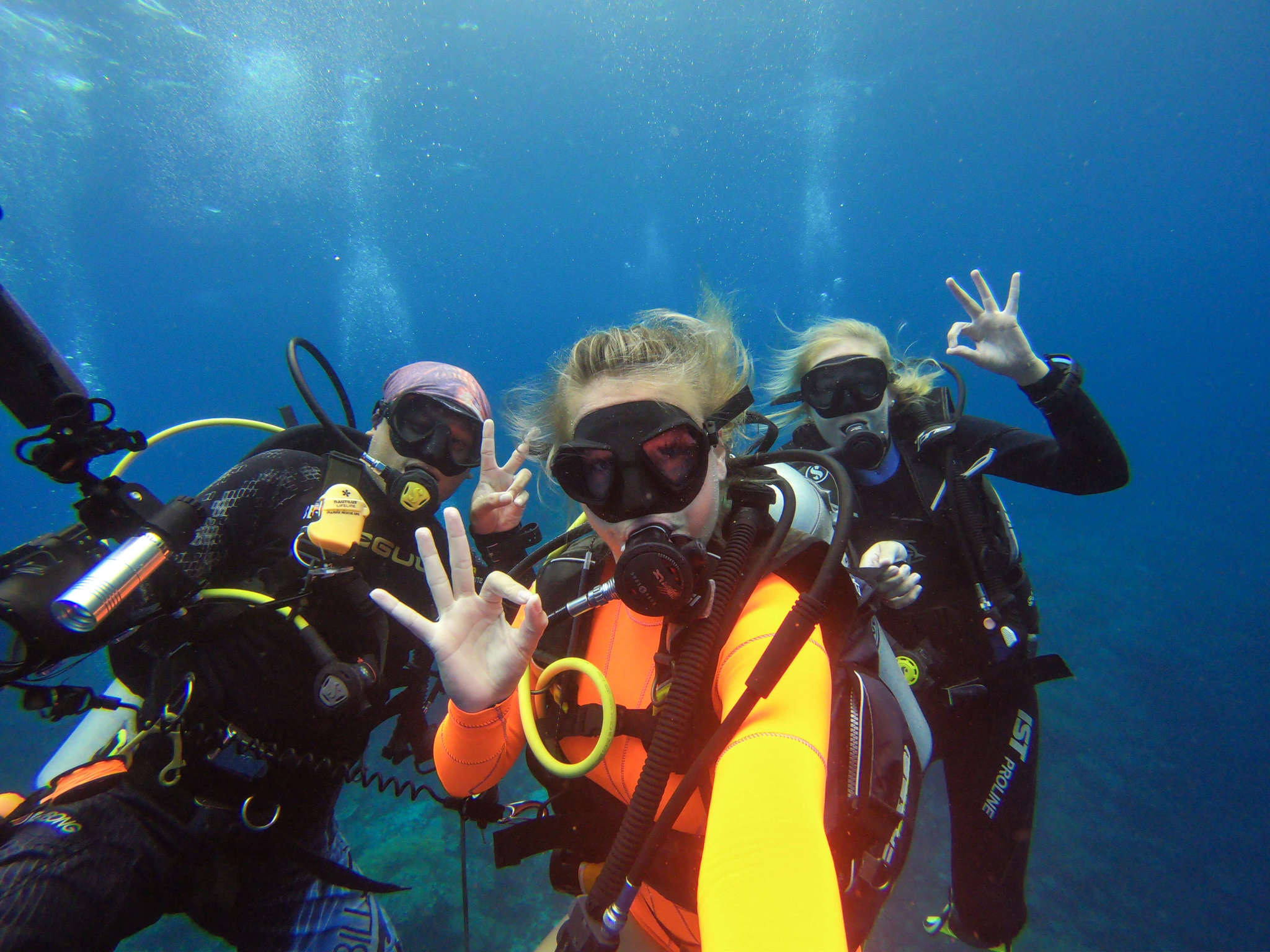
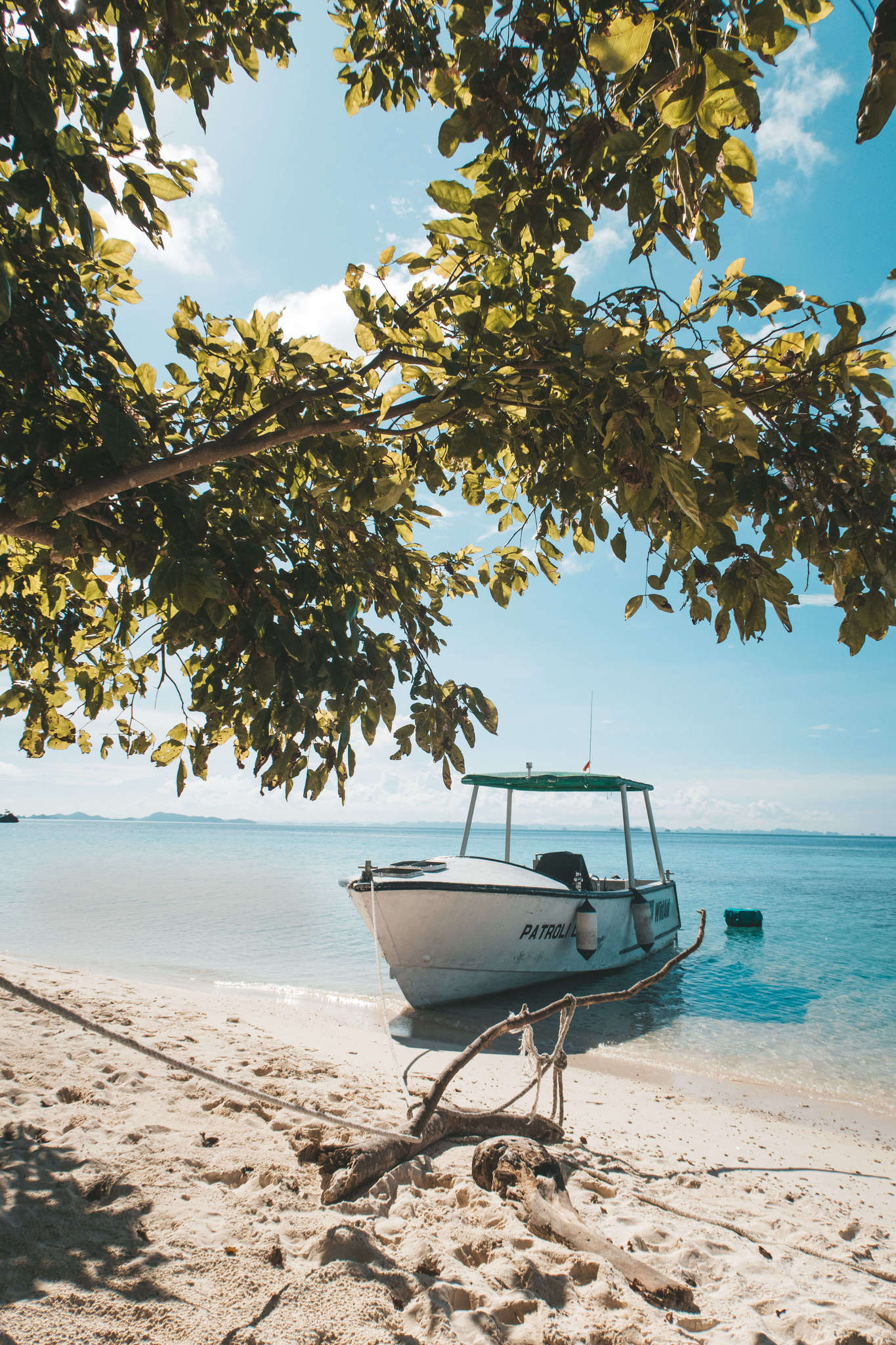
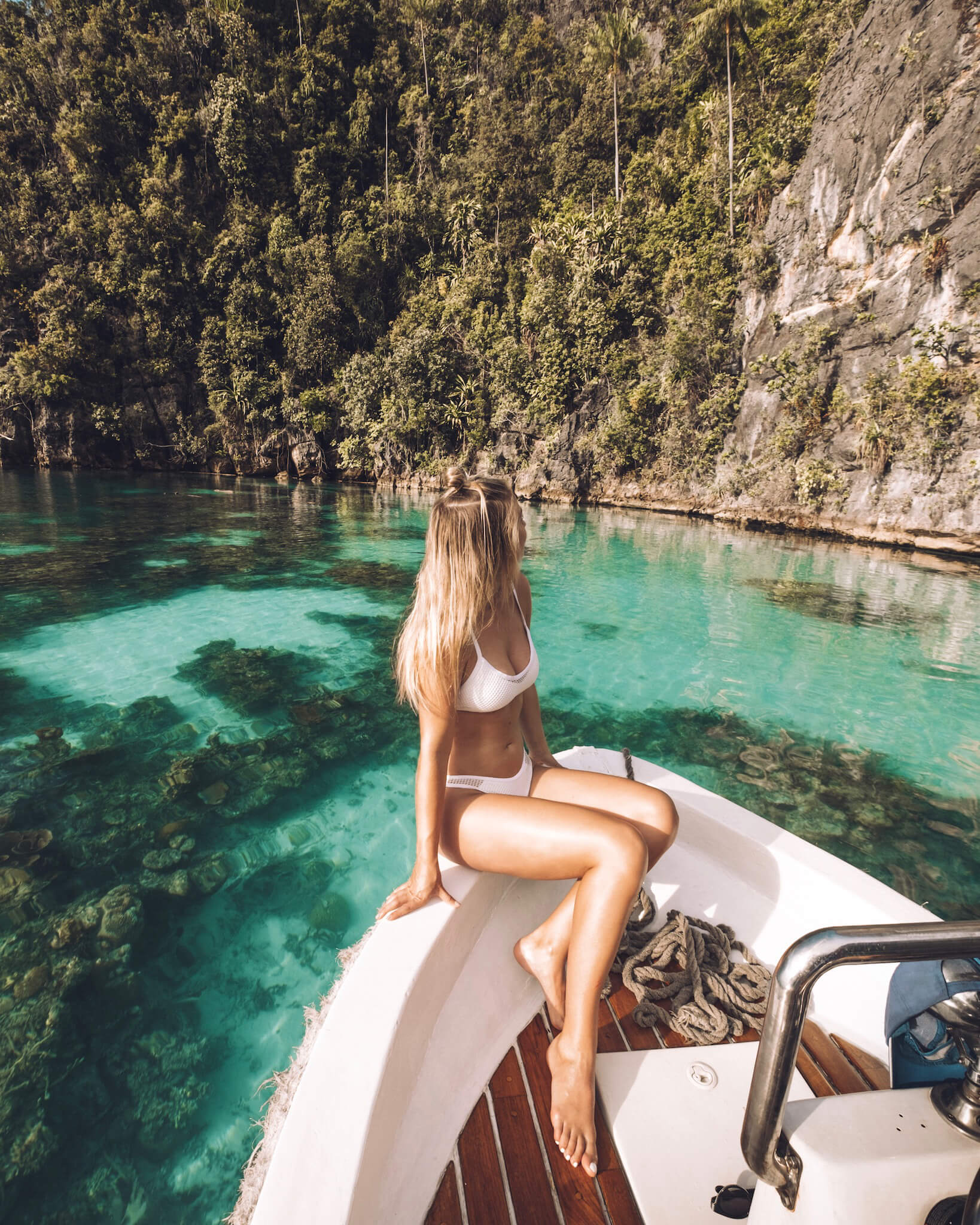
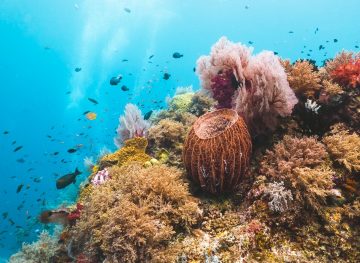
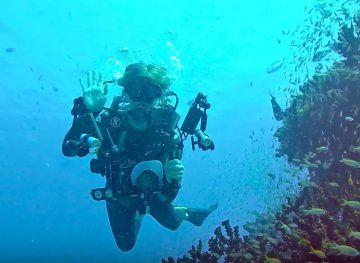
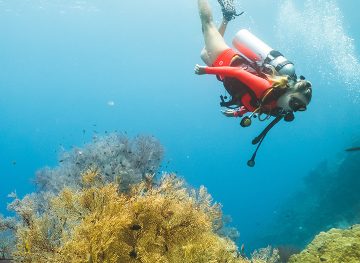
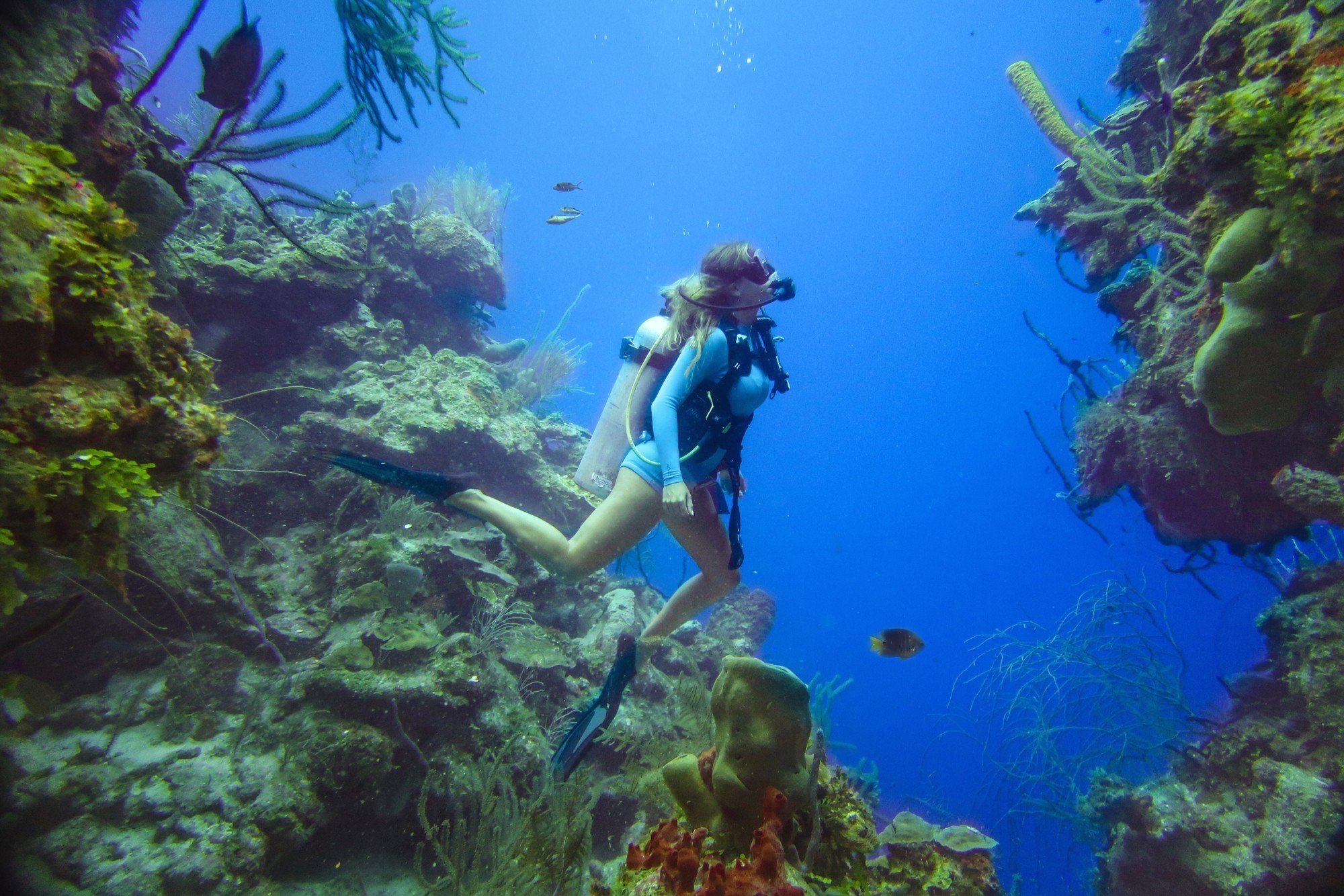
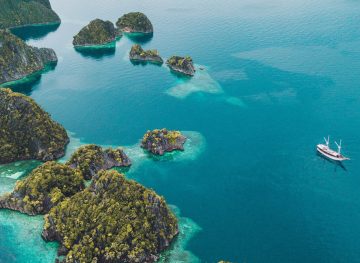





This looks like such an incredible experience!
Kari
http://sweetteasweetie.com/aged-cheddar-sliders-with-pineapple-guacamole/
Looks like an incredible experience, the photos are beautiful and the visibility looks awesome.